Why Concerns About AI Art Miss the Deeper Question of Human Connection
In recent years, Artificial Intelligence has begun reshaping the boundaries of creativity. From music to painting, literature to photography, AI tools are now being used not just to assist—but to create. The rise of platforms like Midjourney, DALL·E, and ChatGPT has opened up an exciting frontier, but it has also sparked a fierce debate: is AI art truly “art”? More importantly, what happens to the emotional connection we usually associate with human-made works when an algorithm takes the reins?
The Rise of AI-Created Content
AI-generated art is becoming mainstream. With user-friendly platforms and increasingly sophisticated algorithms, anyone can input a prompt like “a surreal sunset over New York City in impressionist style” and receive a compelling, coherent digital painting in seconds. This speed, accessibility, and capacity to emulate styles of great human artists make AI-generated content alluring—but also controversial.
The core of the public concern lies not just in originality, but in the perceived loss of human intent and connection. When artwork is produced by an emotionless machine, critics argue, does it lose its soul?
The Illusion of Originality
One major concern about AI art is the question of originality. After all, AI models are trained on massive datasets composed of existing works. Many argue that the outputs are nothing more than advanced forms of collage—reconstructions from pre-existing materials. But even within human creativity, true originality is elusive.
- Historical artists have drawn inspiration from one another for centuries—consider how Picasso was influenced by African masks or how The Beatles absorbed elements of American blues and Indian classical music.
- Genres and movements inherently rely on shared styles and motifs which evolve over time with communal contribution.
- Human learning itself is a form of mimicry, from watching, imitating, refining, and innovating.
The question, therefore, may not be about whether AI “copies,” but how much human creation already hinges on reinterpretation and influence. The myth of pure originality might be just that—a myth.
The Human Touch: Still Irreplaceable?
What technology still struggles to replicate is the emotional authenticity that originates in human experience. Art is not just about aesthetics—it’s about telling stories, illuminating perspectives, and forging emotional connections. That’s what makes watching a ballet or reading a memoir so powerful; it’s not just the product, it’s the journey behind it.
AI doesn’t suffer, dream, or fall in love. It cannot replicate the existential stakes that many great works of art have been born from—joy, grief, existential anxiety, or euphoric triumph. These are human emotions, powered by our lived experiences, and they channel into our creativity. A machine can simulate style, but can it ever truly connect to us on the same level?
Consumers Value Meaning Over Perfection
Interestingly, human audiences are not necessarily drawn to technical perfection. Some of the most deeply cherished artworks—like Frida Kahlo’s pain-expressive self-portraits or the raw imperfection of early punk music—resonate because of their authenticity and emotional vulnerability. Viewers and listeners often seek meaning more than mastery.
This insight highlights something critical: even if AI-generated content becomes indistinguishable from human-created art in terms of quality, many will still gravitate toward pieces where they sense a human presence, intention, and vulnerability behind the creative process.
The Real Threat: Commercialization Over Connection
The widespread concern may not be AI itself, but how it’s deployed. As corporations flock to cheaper, faster production enabled by AI tools, we risk prioritizing efficiency over emotional resonance. An AI-made pop song or corporate logo might be “good enough,” but in leaning too heavily on automation, we edge out the human artists whose life perspectives enrich our collective culture.
There’s a looming risk that as AI floods the creative market, genuine human voices could be drowned out—not because their work is less compelling, but because it’s less marketable under cost-cutting capitalism.
- Independent artists may struggle to compete with AI-generated content in commercial settings.
- Social media algorithms already reward volume and visibility over depth and uniqueness.
- Commission-based creative industries could pivot away from human labor to reduce expenses, undermining the value of artistic labor.
This points to a significant cultural crossroads: Do we want a world filled with fast, endless, algorithm-crafted content—or a world where the nuances of being human continue to shape what we create and share?
Embracing AI as a Collaborative Tool
Despite these valid concerns, AI doesn’t have to be the enemy of creativity. Instead of treating it as a replacement for human artists, we can view AI as a tool—just like the camera, the printing press, or Photoshop—that expands what’s possible without erasing what came before.
- Writers can use AI to brainstorm plot ideas or break through creative blocks.
- Musicians might explore AI-generated harmonies as a foundation for something uniquely theirs.
- Illustrators can refine AI drafts into intricate final versions layered with personal meaning and technique.
The future isn’t necessarily about competition between humans and machines, but in collaboration—where technology shoulders the repetitive tasks so humans can dive deeper into imagination and emotional resonance.
Conclusion: Creativity as Connection
Ultimately, the debate around AI art returns to a fundamental question: what is art for? If it’s a medium to convey emotional experiences, share unique perspectives, and reflect on the human condition, then AI on its own falls short. But that doesn’t mean it should be dismissed—it means we must define the boundaries of use and purpose thoughtfully.
Rather than fearing that AI will make art obsolete, we might more productively reflect on what only we—flawed, emotional, empathetic humans—can bring to the canvas. Technology may help automate, but it can’t replicate the pulse of a beating heart behind the brushstroke. That, in the end, is where the true art lives.
As AI becomes increasingly adept at imitating human creativity, the role of the artist evolves—not as a competitor to machines, but as a steward of the human spirit in an increasingly digital world.
Want More Thought-Provoking Insights?
Subscribe to our blog for more deep dives into the intersection of technology, art, and human creativity. Join a global conversation redefining what it means to be an artist in the age of AI.
< lang="en">
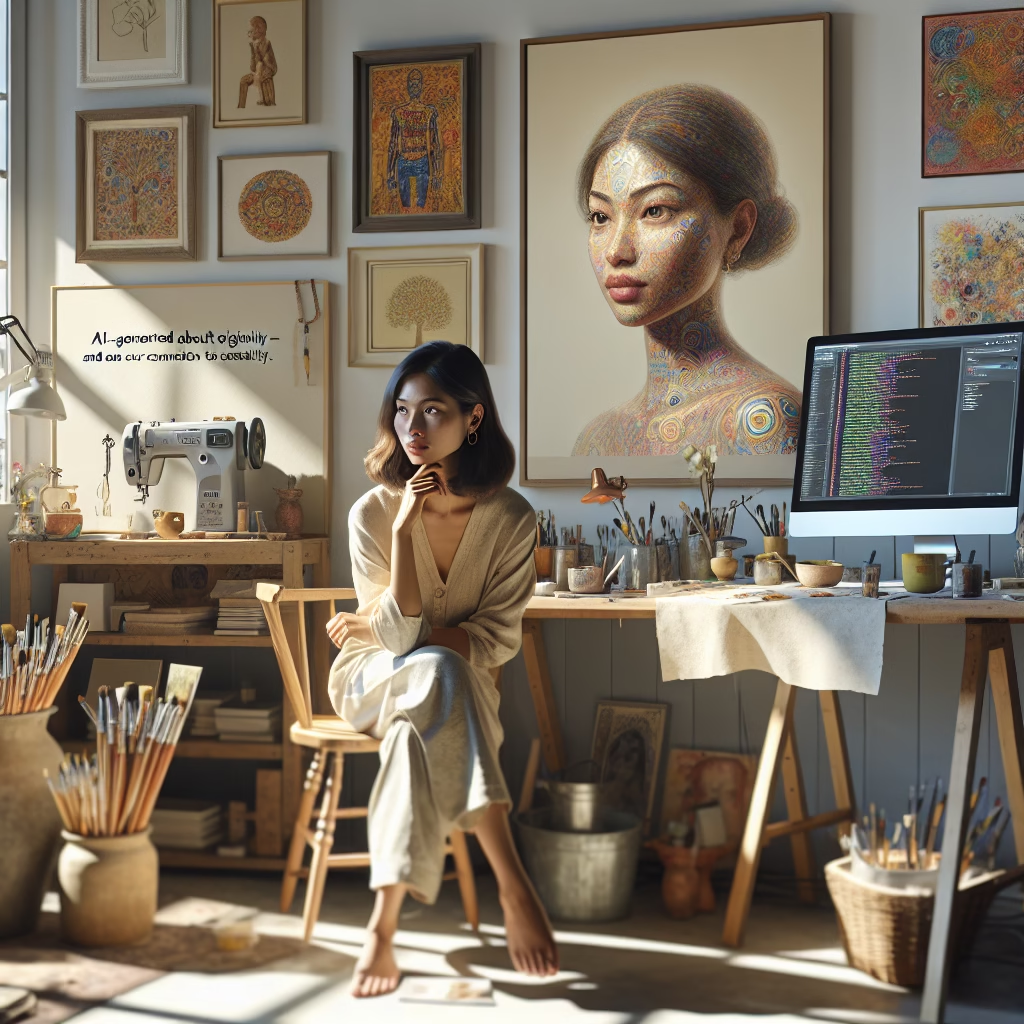

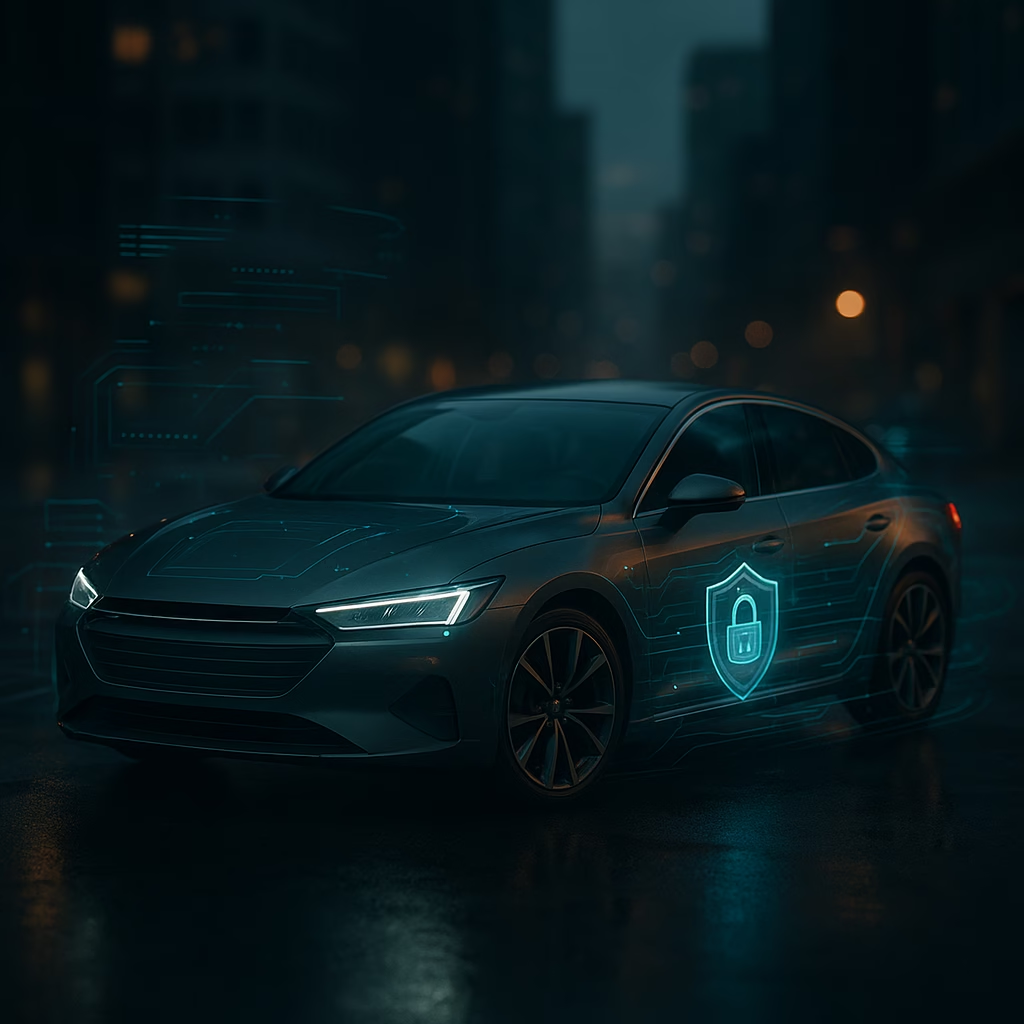
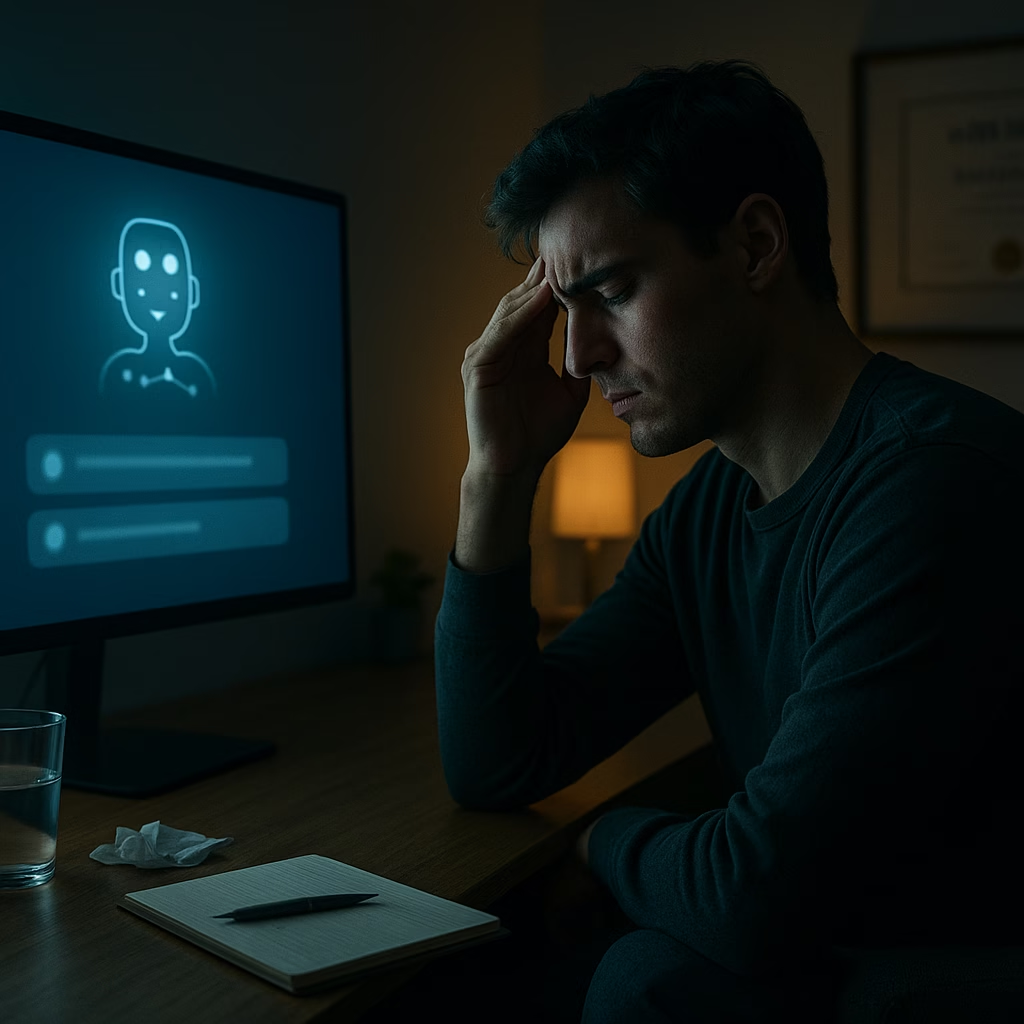
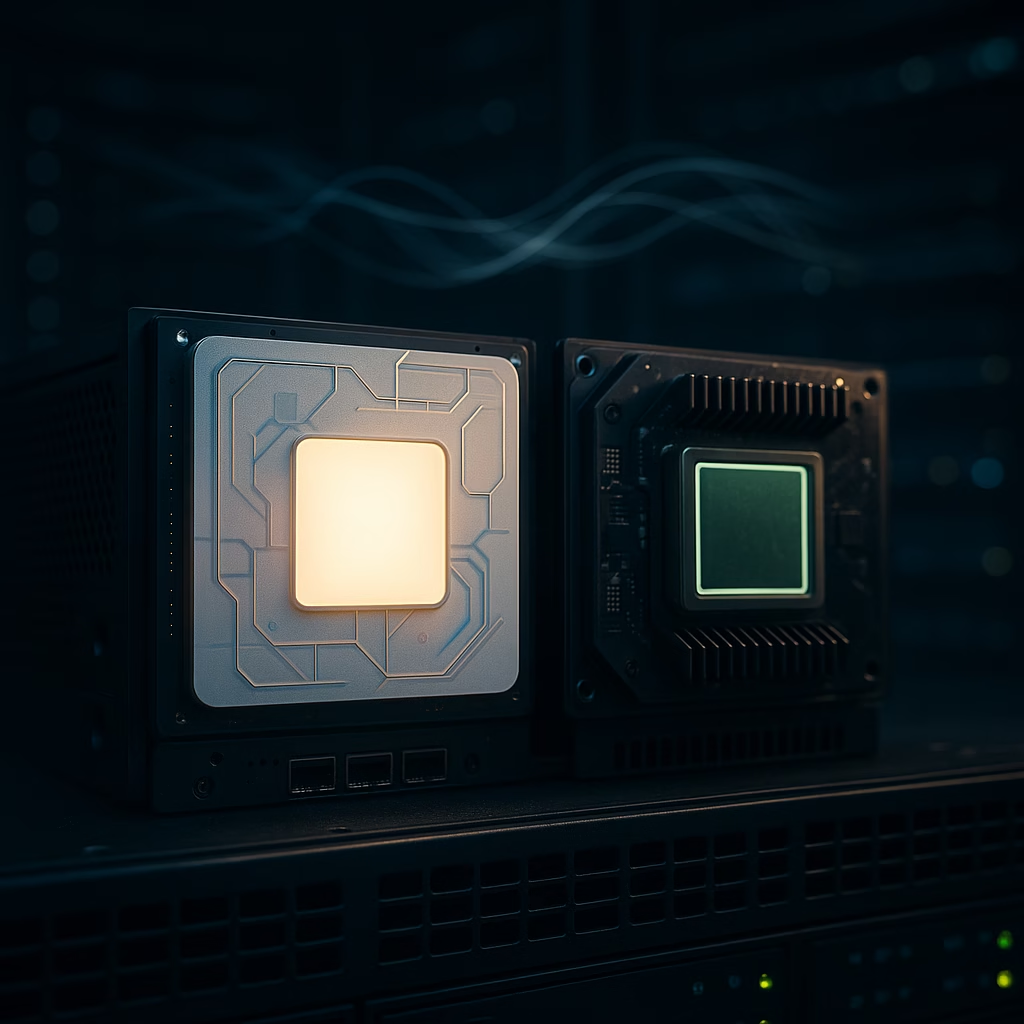
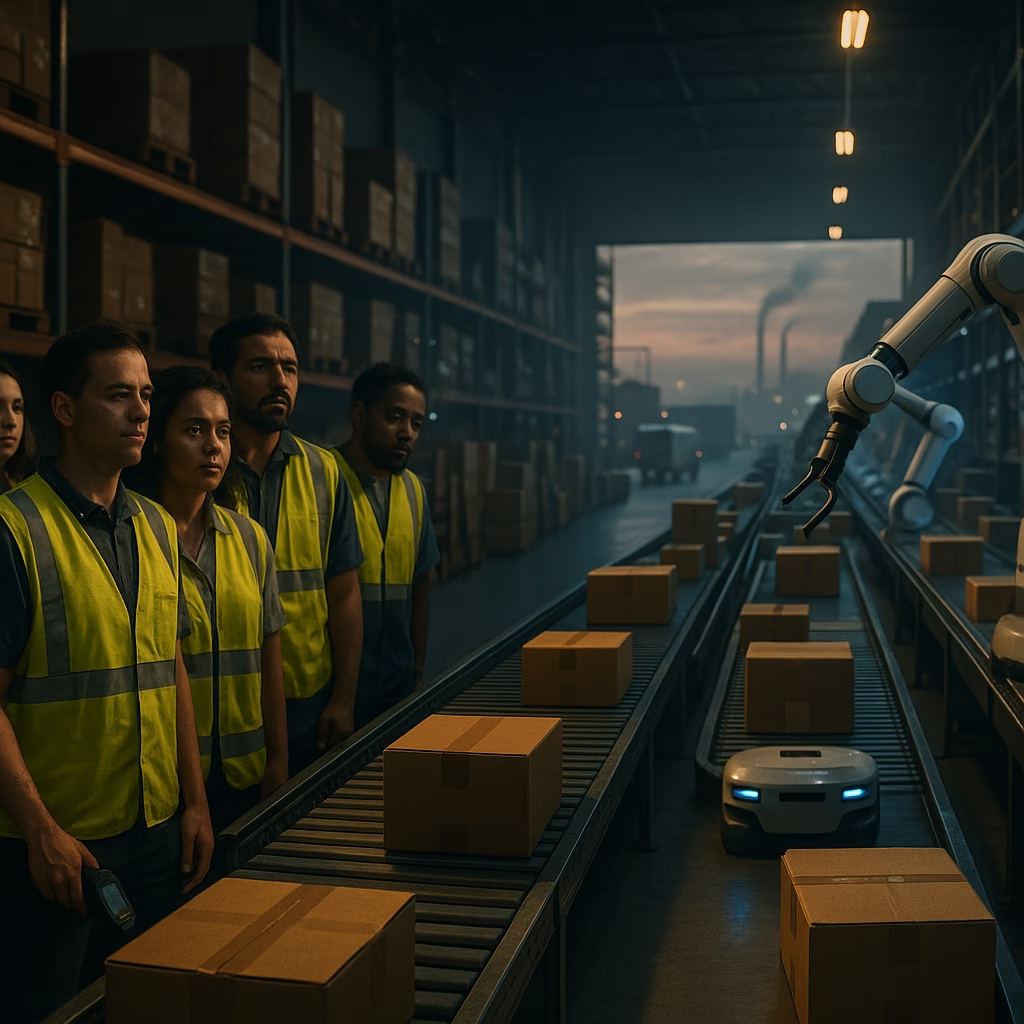
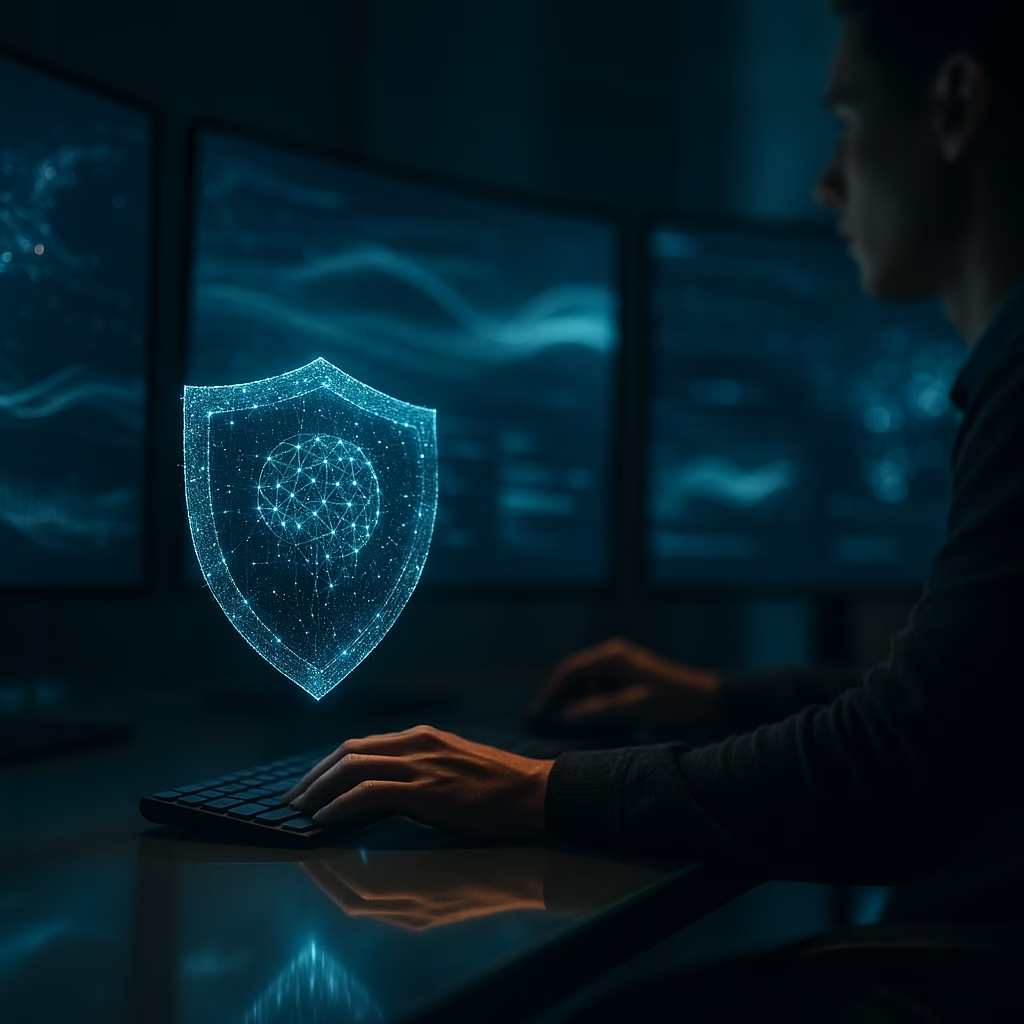
Leave a Reply